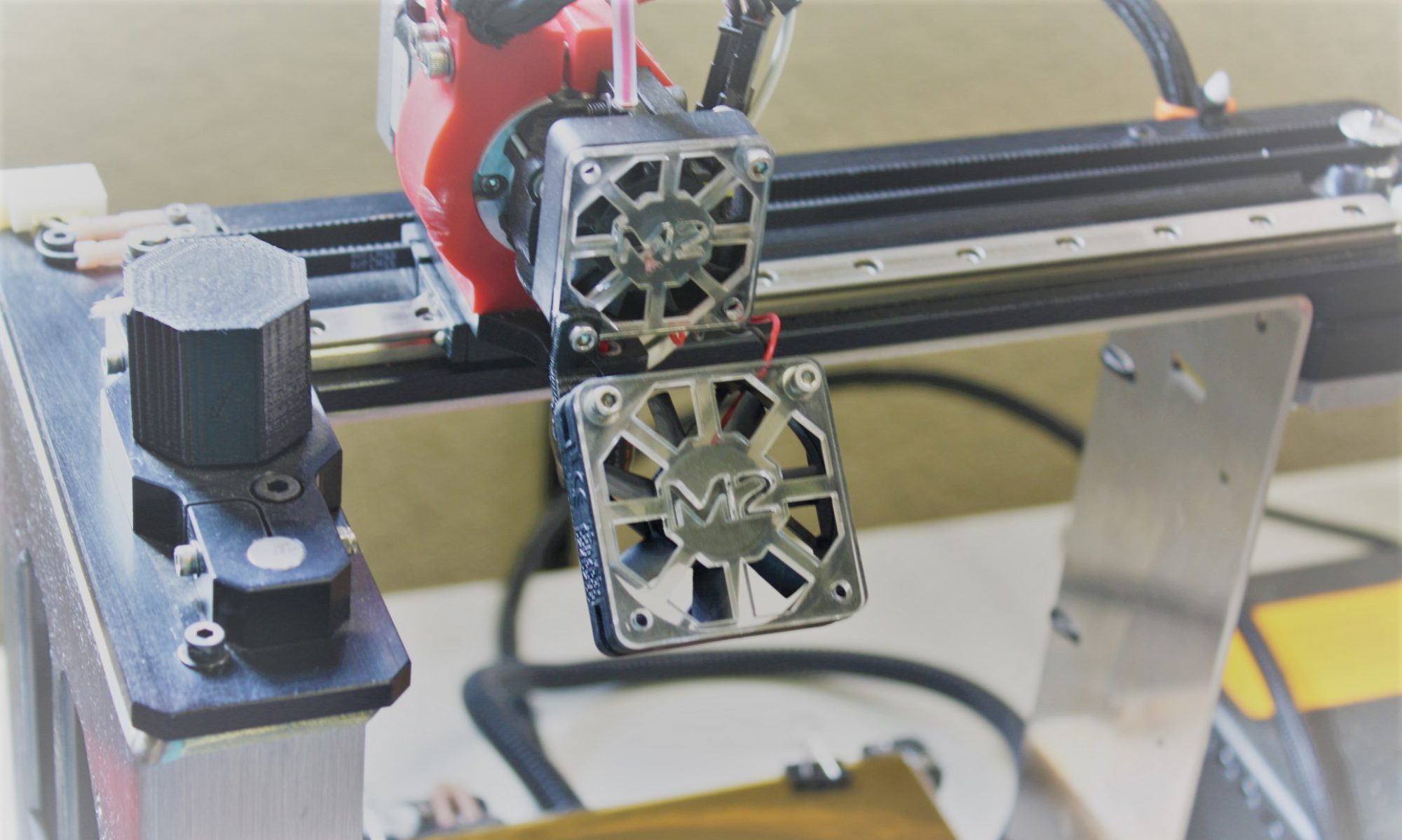The original build of the End Raceway utilized a scratch built Arduino based timing system that I had constructed for a previous track. The initial build used stock Carrera Go thumb style controllers, which meant that the track was still set up for the “boost” feature. I was also still using the stock power supply and power base, which meant the current to the cars was limited to a very tiny amount (less than 0.1 Amps).
I began looking for solutions, and hatched a plan to scratch build a track power box, with independent lane voltages, drivers stations with call buttons, and TruSpeed PWM controllers. I even started acquiring some of the odds and ends. The plan was to have this box hang off the side of the track, and it would just be unplugged from the track and carried separately for transport. I had also continued to improve the software in my timing system box, and had a list of additional features to add (start lights, louder buzzer, etc).
For different reasons, I started looking at the Scalextric ARC offerings, and stumbled across the ARC ONE system. Adjustable sensitivity wired controllers, two sets of in slot IR sensors per lane, and of course Bluetooth connectivity and an app for timing and scoring seemed like a pretty incredible feature list for under $40. The only hurdle would be grafting that hardware onto a piece of Carrera Go track. What could go wrong?

The track and track table weren’t designed with this in mind. In order to fit the control box inside the frame of the table, it will have to be mounted separately from the track piece. Removing the screws from the bottom of the ARC ONE base separates the control from the track. There were also a few pieces of tape in there holding the wires in place.

I want to be able to connect and disconnect the control box from the track, so I cut out a pretty large access opening in the back of the housing:


Of course, the lane spacing is narrower on Carrera Go track than Scalextric 1/32 track. So, the PCBs holding the sensors had to be modified. I took a few measurements and concluded I needed to remove a little over 0.813″ of width. I used a metal cutting disc on a Dremel to make the cuts.


In order to reconnect the two halves, first I used a piece of duct tape to hold the two parts in the correct position relative to each other. Then, I flipped the board to have the green side up. I had to put some cocktail toothpicks underneath to support the board (instead of the IR sensors).
I used a small bit of sandpaper to remove the “green” coating on that side of the board, in just the areas I wanted to solder jumper wires. The copper layer is very thin so don’t get to heavy handed here. For the pieces of wire, I used individual strands from some stranded 22 gauge wire I had on hand.

One side is complete in the picture above. The other side complete in the picture below:

From here, I put a layer of thin CA glue all over the exposed PCB and the wires/soldering. This should provide a basic level of moisture protection. Then, I mixed up some two part epoxy and encased the whole area.

Because I intended to mount the control box a bit separated from the sensors, I spliced in 6″ extensions into all of the wires. The picture below shows one sensor wire completed with the loose wires ready to go into the other.

Next, I chose to do the cutting on the plastic track pieces. I went ahead and removed the metal rails and made the cuts on the plastic first. Then, made the cuts on the rails with them loose. I don’t know if this was necessary, but it made all of the cutting feel more controlled. I just used a drill to make some starting holes, then used a spiral upcut bit on the Dremel to hog out the rest. Not terribly pretty, but it came out okay in the end.

A reference view of the backside shown below:

Loose rails ready to be cut:

I checked the fit a few times as I was cutting.

Sensors in Place:

Sensors in place, another view. My handywork with the Dremel wasn’t great, but hopefully I’ll be able to fill/hide some of this later.

I had to extend the power wires as well. I just soldered them directly to the track. I’ve done this several times and never had an issue.

Here is how things sit right now, I have the control box just sort of hanging, and have been experimenting with the App side of things. I intend to mount the control with the connectors pointing straight up (perpendicular to the race surface) near where the wires are laying across the table top. This way, the module doesn’t overhang the table and will be protected in transit.

Once I finish up the installation, I’ll post some “final” pictures, but this was far enough along I thought I would share.
This is a pretty “low buck” option to upgrade a Carrera Go!!! track with reasonably performing Timing and Scoring. I will say, the hardware is really let down by the software/app side of things. The Scalextric ARC app is completely unusable. The Magic app is functional, but I haven’t figured out some of the quirks yet. It is just a shame that it has to be that way, as I think this system had a lot of potential to engage a younger crowd and perhaps people new to slot car racing in general.

















